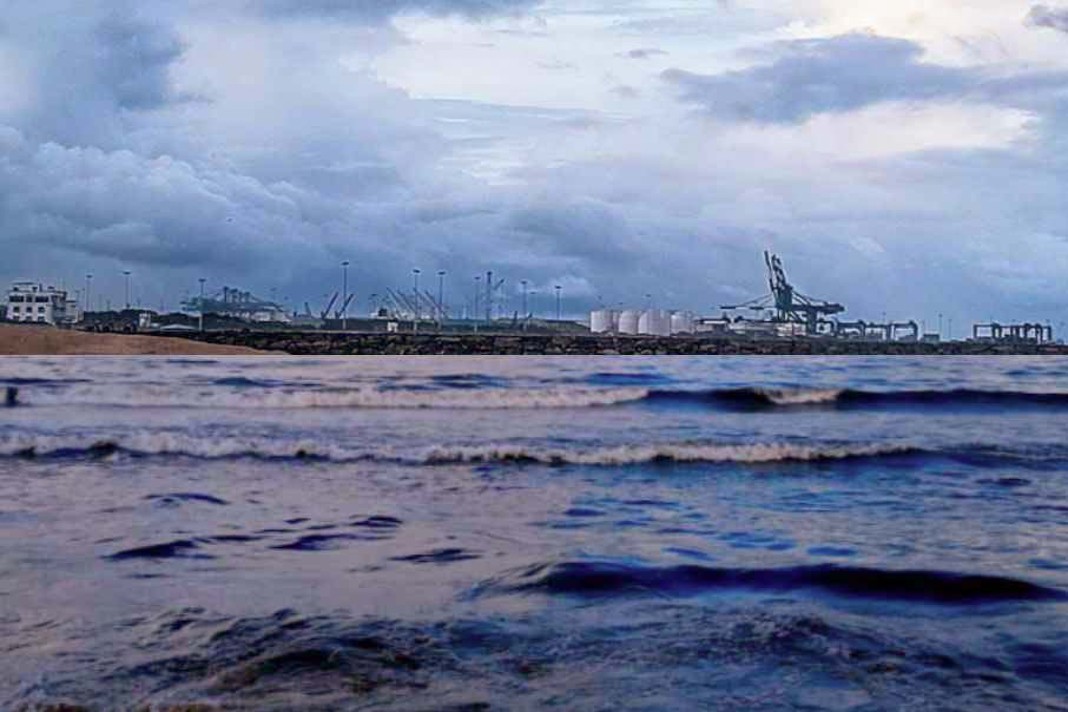The first week of July has seen a continued weakening in crude oil freight rates, largely driven by an oversupply of Very Large Crude Carriers (VLCCs). The increased availability of spot-relet vessels in Ras Tanura suggests a market oversupply, putting significant downward pressure on AG-China freight rates. As more vessels become available, competition intensifies, leading to lower rates. This oversupply scenario is likely to persist, keeping the WS TD3 rates suppressed, reports Breakwave Advisors.
Vessel Arrivals and Market Dynamics
Data on weekly arrivals in the Arabian Gulf (AG) for the next 30 days shows a significant rise in vessel arrivals starting from the second week of July. This increase may exacerbate the oversupply situation, as more vessels enter the market looking for cargo. The decline in VLCC dirty tonne days indicates reduced demand for VLCCs, further contributing to the downward pressure on freight rates. Additionally, slower ballast speeds suggest that vessels are sailing at reduced speeds due to the lack of available cargo, indicating a weak market outlook.
OPEC+ Production Cuts and Oil Prices
OPEC+ has extended its production cuts totaling 3.66 million barrels per day (bpd) until 2025. These cuts aim to stabilize the oil market by reducing excess supply and supporting higher oil prices. This decision reflects OPEC+’s strategy to manage production levels in response to global economic conditions and demand fluctuations, emphasizing the group’s role in maintaining market equilibrium.
Freight Rate Trends by Vessel Type
- VLCC: The VLCC MEG-China freight rates continued their downward trend into early July, marking the weakest performance of the year. Rates dropped to 49 WS, a 16% decrease compared to the previous year.
- Aframax: The Aframax Mediterranean route faces significant downward pressure, with rates around WS150 since week 24, a 30% decline from the previous month.
- Suezmax: Rates for West Africa to continental Europe held steady at 110 WS in June but are expected to drop by 10 points in July. The Suez Baltic Med route rates remained stable at 120 WS in early July.
- LR2: AG freight rates rose to WS190, a 10-point increase from the previous week and a 90% increase compared to the same week last year.
- Panamax: Carib-to-USG rates dropped by 5 points to WS165, a 34% decrease compared to the previous year.
- MR: Rates for MR1 from the Baltic to the continent surged to nearly 290 WS, a 50% increase from last year. MR2 rates from the continent to the USAC climbed to 175 WS, a 13% annual increase, while USG-Cont rates eased to 210 WS, a 70% annual increase.
Supply Trends and Market Indicators
- VLCC Ras Tanura: The supply of crude tankers at Ras Tanura has increased consistently over the last six weeks.
- Aframax Primorsk: The number of ships remains below the annual average, diverging from peak levels observed in week 20.
- Suezmax Wafr: The ship count has remained around 60 for four consecutive weeks, an increase from the end of week 22.
- Clean LR2 AG Jubail: Vessel count increased to near 11, indicating an upward trend.
- Clean MR: Activity for MR1 at Algeria’s Skikda port surged to 37, while MR2 activity in Amsterdam climbed above 40.
Tonne Days and Market Outlook
- Dirty Tonne Days: VLCC tonne days continued to decline sharply in early July, reaching a 12-month low. The Suezmax segment showed a downward correction, while Aframax tonne days showed potential for an upward trend.
- Panamax Tonne Days: Growth rates are significantly weaker compared to ten weeks ago.
- Clean MR Tonne Days: MR1 witnessed a decline over the past month, with MR2 growth also decreasing.
Did you subscribe to our daily Newsletter?
It’s Free! Click here to Subscribe
Source: Breakwave Advisors

























